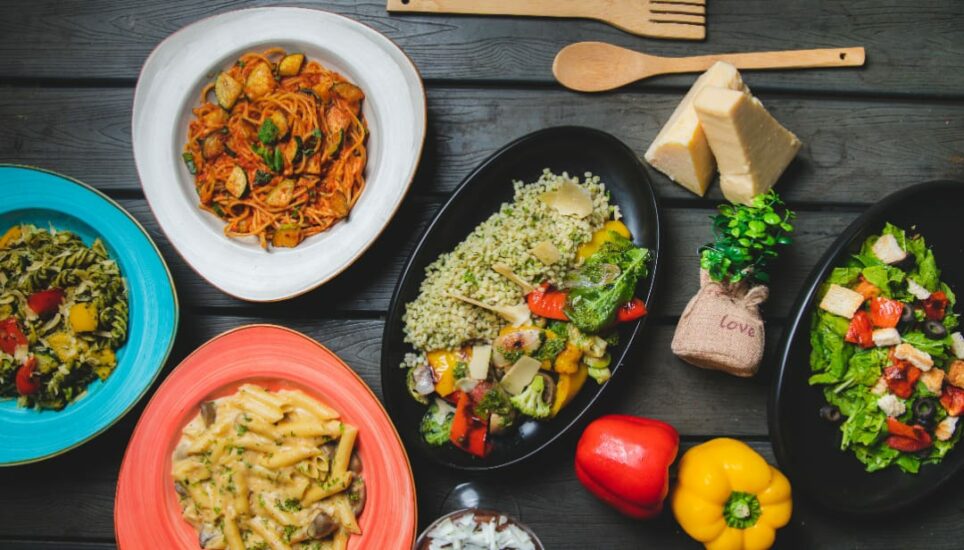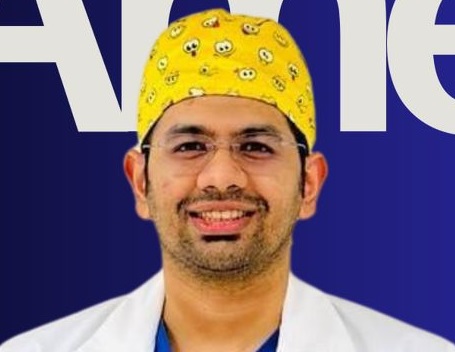Food Coma : Post Prandial Somnolence

By Dr Ameya Thakur
Pune, 30th May 2024: The feeling of being tired after eating a meal is known as food coma (postprandial somnolence). Because many people see the effects in the early afternoon after lunch, it’s also known as the “post-lunch dip.”
Typical Symptoms
1)Sleepiness
2)Lethargy
3) Tiredness
4)Lower energy level
5)Poor focus
“The word Coma In the above terminology doesn’t actually mean
loss of consciousness.”
What Causes a Food Coma?
Although the exact mechanism is not known, there are some
theories
A) Changes in blood circulation: For a long time, food comas were thought to be caused by a decrease in blood flow to the brain due to an increase in blood flow to the gut. This notion, however, has been debunked. In many stressful conditions, such as during exercise, when your muscles require more blood, your body is able to sustain blood flow to your brain. As a result, blood flow to your intestines is unlikely to divert enough blood to create tiredness. While a more recent, modest study discovered a reduction in blood flow to the brain after lunch, this effect was only observed in persons who had skipped breakfast.
B ) Eating a big meal: After eating large or heavy meals, many people have food comas. Larger meals, especially those heavy in protein and salt, were associated with prolonged post-meal sleep in fruit flies. In a study of men who ate pizza, those who overate, felt less energy and increased physical exhaustion, sleepiness, and lethargy in the four hours after their meal, but those who ate until they were pleasantly full reported no negative effects. A smaller, older study evaluated the effects of a modest lunch with a big lunch with three times the calories on driving and tiredness. Over a 2-hour period, the impact of a large meal increased the number of times drivers diverted from their lane. Large meals appear to be a trigger for postprandial somnolence in all of these investigations.
C) Meals high in carbs, fat, or protein: High-carbohydrate meals enhance blood levels of the amino acid tryptophan, which in turn raises the amount of serotonin a sleep hormone in your brain. Furthermore, if high-protein meals contain foods high in tryptophan, they may help you go asleep. Chicken, eggs, cheese, fish, turkey, milk, and tofu are among these foods. Combining calorie-dense, high-fat, high-carb meals causes the release of cytokines, which are tiny proteins linked to weariness. Additionally, high-fat or high-protein meals may enhance levels of the peptide YY and the hormone cholecystokinins, all of which can make you feel sleepy. How long does a Food Coma Last? Studies show that the effects of a heavy lunch might persist up to four hours.
How to prevent a food coma There is no treatment for postprandial somnolence but people can try the following to help prevent tiredness after a meal:
A) Going for a walk outside after eating: Natural light helps increase alertness and mental function during the post-lunch dip, while physical activity is great for overall health.
B)Taking an afternoon nap: A quick doze after lunch may improve cognitive performance for the rest of the afternoon.
C)Balancing meals: Going easy on carb or protein-heavy meals in the afternoon and bulking up the vegetable portion of a meal may help prevent energy dips. Add complex carbohydrates in your diet.
D)Getting more sleep at night: Sticking to a sleep schedule and getting enough hours of quality sleep each night may help decrease fatigue during the day.
E)Keeping a food diary: Keeping a note of which foods are more likely to cause sleepiness may help people avoid them during the day or eliminate them from their diet.

(Dr. Ameya Thakur, MBBS, MS, FIAGES, FALS, is a distinguished Advanced Laparoscopic Surgeon specializing in gastrointestinal (GI) surgeries, hernia repairs, bariatric procedures, and metabolic interventions. With extensive training and expertise in minimally invasive techniques, Dr. Thakur has earned a reputation for his precision and commitment to patient care.)








